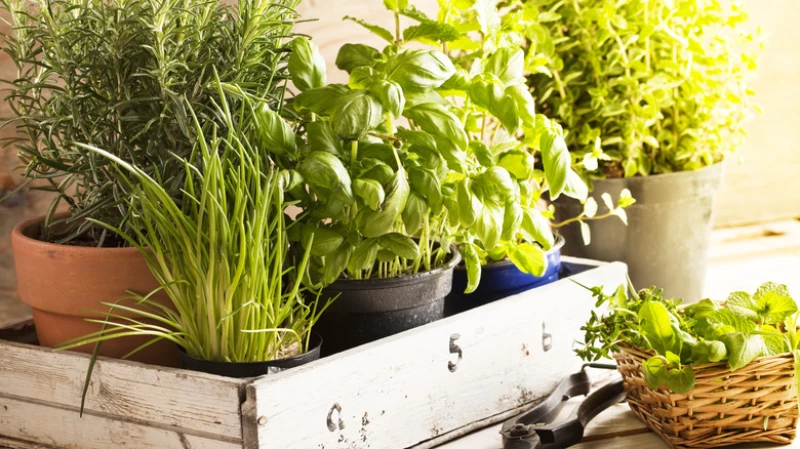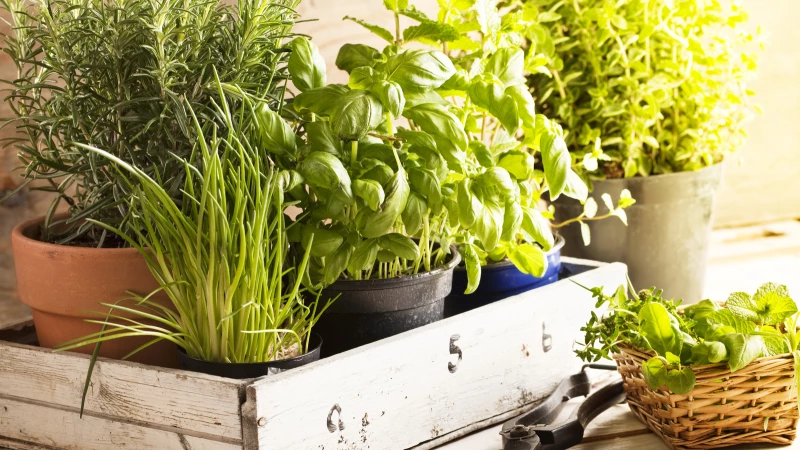For many aspiring chefs, the refreshing taste of mint is a staple in their culinary creations, whether it's infused in a soothing cup of tea or paired with succulent roasted lamb. However, there's another herb, closely related to mint, that deserves a spot in your herb garden. Meet summer savory - a key player in the popular "Herbes de Provence" blend, known for its peppery flavor profile with a hint of heat.
Summer savory complements basil and other Mediterranean herbs, adding a touch of mystery and sophistication to everyday dishes. Unlike the more common herbs like rosemary, sage, and thyme, summer savory brings a unique flair that can elevate your cooking to new heights. Consider adding this lesser-known herb to your backyard garden for a fresh and exciting twist in your culinary adventures.
Growing Summer Savory: A Guide to Cultivating This Herb

Summer savory is a versatile herb that can be easily cultivated in a small space, making it perfect for kitchen gardens. With a growth span of about 2 feet, this herb is ideal for potting, allowing easy access for culinary use. Originating from southern Europe to northern Africa, summer savory has a rich history dating back to Roman times, known for its aromatic leaves and flowers that attract beneficial insects like bees and butterflies, making it a great addition to any garden.
Tips for success
If you are interested in growing summer savory, it thrives in a variety of climates, from USDA zones 1 through 11. Starting from seeds, these plants require minimal maintenance and prefer a sunny location. Once the seedlings have developed four true leaves, they can be transplanted into individual containers and later moved outdoors after the last frost in early spring.
For optimal growth, summer savory requires nutrient-rich, well-drained soil, moderate watering, and plenty of sunlight. Ensure the plant receives at least six hours of direct sunlight daily, or consider using a grow light if you live in a cloudy area. To promote strong growth, trim the herbs regularly and harvest them as needed for a burst of freshness in your dishes. Before the plant flowers, trim it back and use the savory in your cooking, or dry it in a dark, dry place. You can also collect the seeds for planting in the next season, although summer savory is known for self-seeding effortlessly. Once you have successfully planted savory, you can expect it to reappear in your garden in the future.







